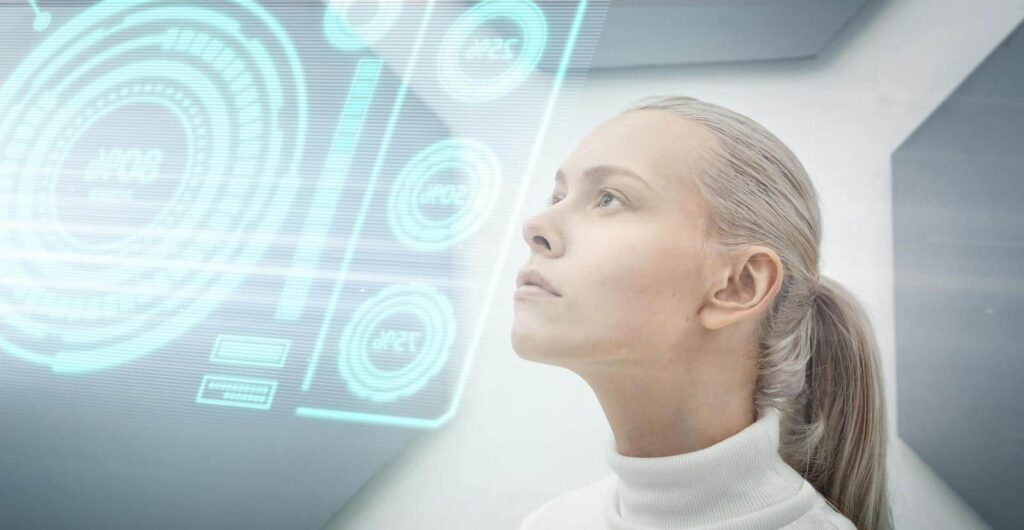Image recognition, a field where artificial intelligence meets real-world visual data, has become integral to modern technology development. Its applications range from improving user experiences on social media to supporting medical diagnosing. However, as its usage spreads, two major challenges arise: ensuring accuracy and eliminating bias. Let’s consider these issues in more detail, offering actionable solutions.

Table of Contents
Challenge 1: Ensuring Accuracy
AI image recognition software development covers creating algorithms and systems that enable computers to identify and process visual data, such as photographs or videos, in a way similar to human vision. This field combines techniques from machine learning, computer vision, and pattern recognition to teach computers how to interpret and understand the visual data.
Thus, one can’t deny that data accuracy is the bedrock of effective image recognition. It’s not just about a system’s ability to categorise images correctly but also its reliability in diverse and complex real-world scenarios.
The Problem
Image recognition models can falter due to various factors: poor image quality, complex backgrounds, or variations in lighting and angles. These issues can drastically affect model performance, especially in critical sectors like healthcare and autonomous driving.
Practical Solutions
Employing Convolutional Neural Networks (CNNs) can significantly improve data accuracy. These networks are efficient at processing pixel data and recognizing image patterns, even under variable conditions.
Also, training models on augmented datasets, where existing images are modified to create new variants, can improve their ability to handle real-world variations.
In addition, the implementation of continuous feedback loops where the system is regularly updated based on error analysis can fine-tune its accuracy over time.
Challenge 2: Combating Bias
Bias in image recognition can lead to discriminatory outcomes, especially in applications like facial recognition or demographic analyses.
The Problem
Biases often stem from unrepresentative training data. For example, a facial recognition system trained predominantly on images of one ethnic group may struggle to accurately identify individuals from other groups.
Practical Solutions
Building diverse datasets and representatives of different ethnicities, genders, and ages is critically important. Such inclusivity ensures that the system is exposed to a wide range of human features.
Besides, regular audits of algorithms to identify and correct biases are a must. These audits can be conducted by independent third parties if needed to ensure objectivity.
Ethical AI frameworks that mandate inclusivity can substantially support the development of unbiased systems.
Forward-Looking Strategies
Addressing these challenges requires a multifaceted approach, blending technological advancements with ethical considerations.
As a rule, cross-disciplinary collaborations between computer scientists, ethicists, and domain experts result in more reliable image recognition systems. These collaborations can ensure that technological advancements do not occur in a vacuum but are informed by a wide range of perspectives.
Moreover, by implementing regulations that promote accuracy and fairness in AI systems can provide a framework for responsible AI-powered software development. Such regulations could include guidelines for dataset creation, model training, and performance benchmarks.
Bottom line
The challenges of accuracy and bias in image recognition are significant but not irresistible. By combining technological innovations with a strong commitment to ethical principles and inclusive practices, we can develop image recognition solutions that are both powerful and equitable. The future of this field lies in harnessing AI’s potential while steadfastly guarding against its pitfalls, ensuring that it serves the diverse needs and values of society.



MAKECOMMENT